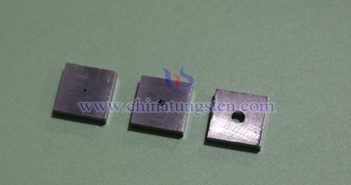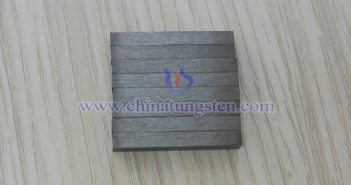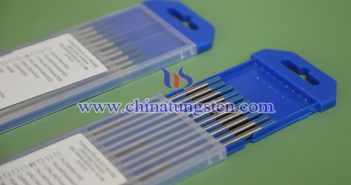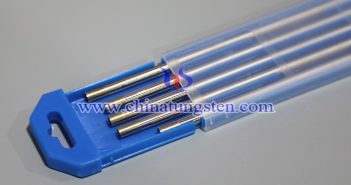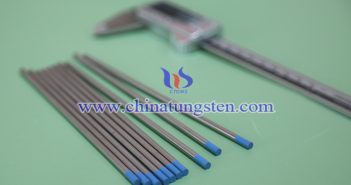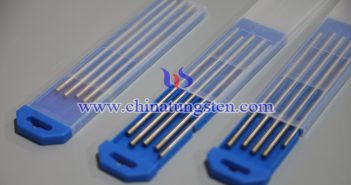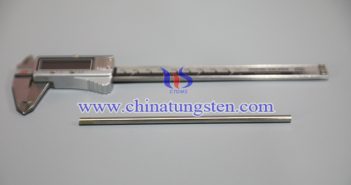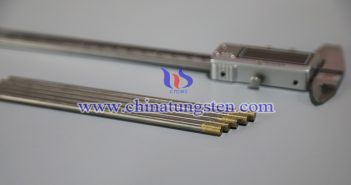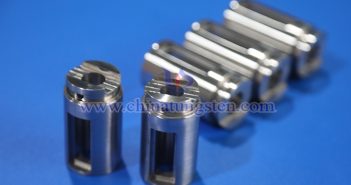
In an era of rapid technological advancement, radiation protection has become a critical issue across various fields. Whether it’s the use of X-rays and gamma rays in medical diagnostics and treatments, the application of radiation in industrial non-destructive testing, or the development and utilization of nuclear energy in the nuclear industry, radiation has brought significant convenience to humanity while posing potential threats to human health and environmental safety. As a “stalwart guardian” in radiation protection, tungsten alloy shielding components are…

